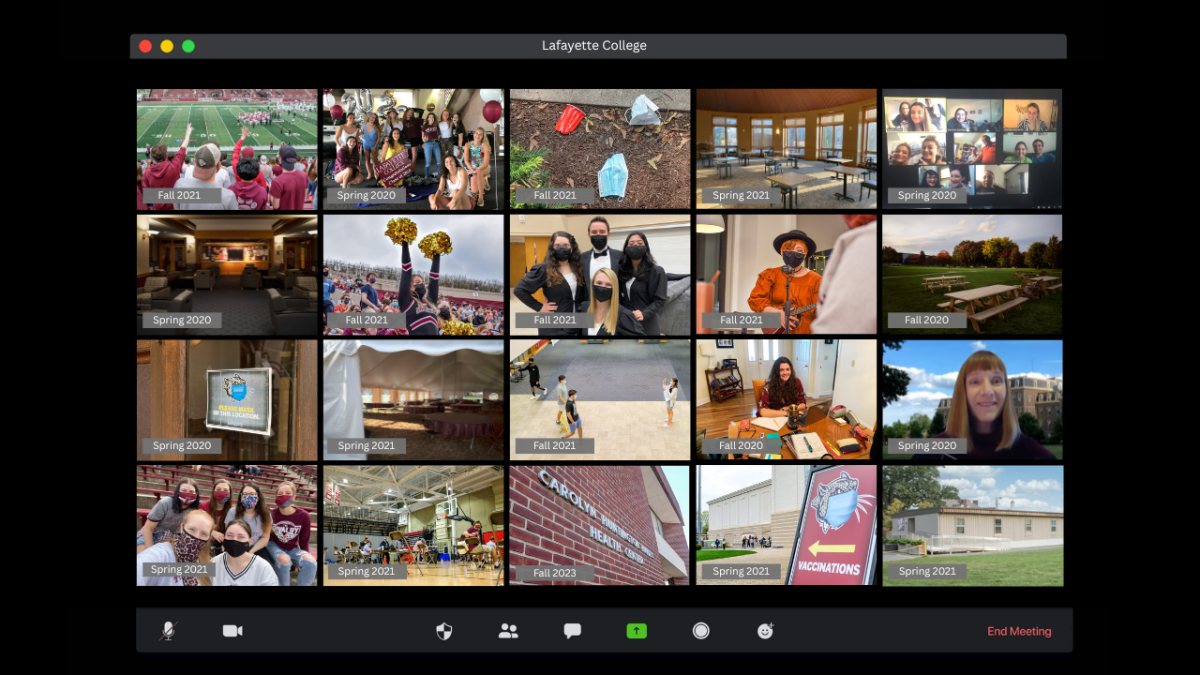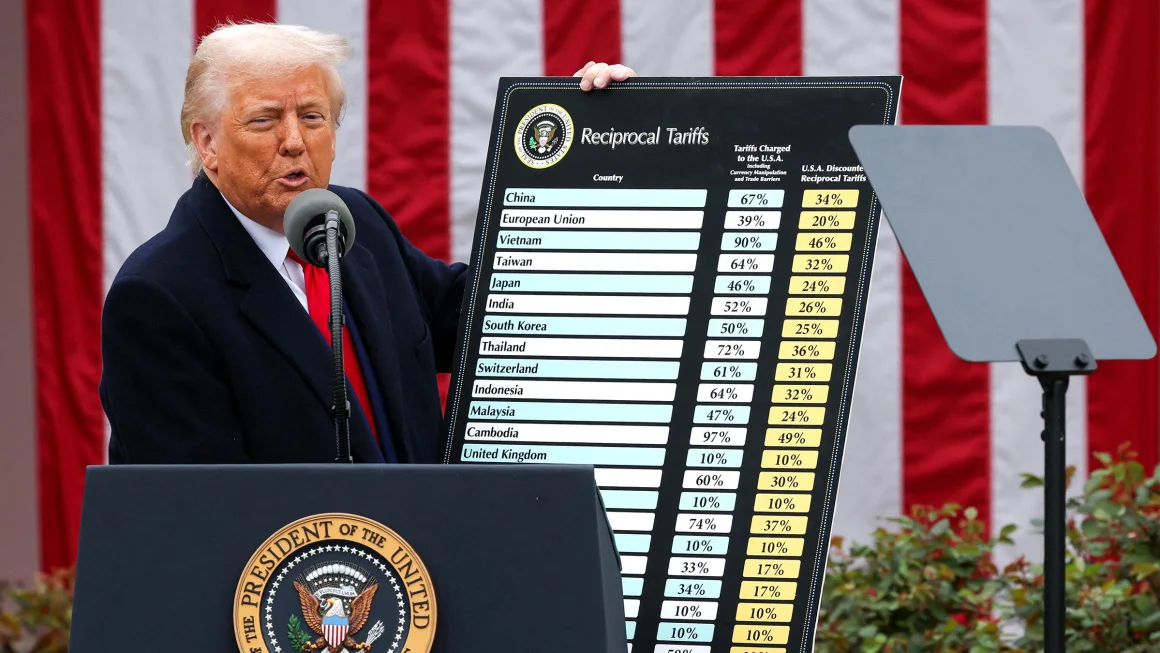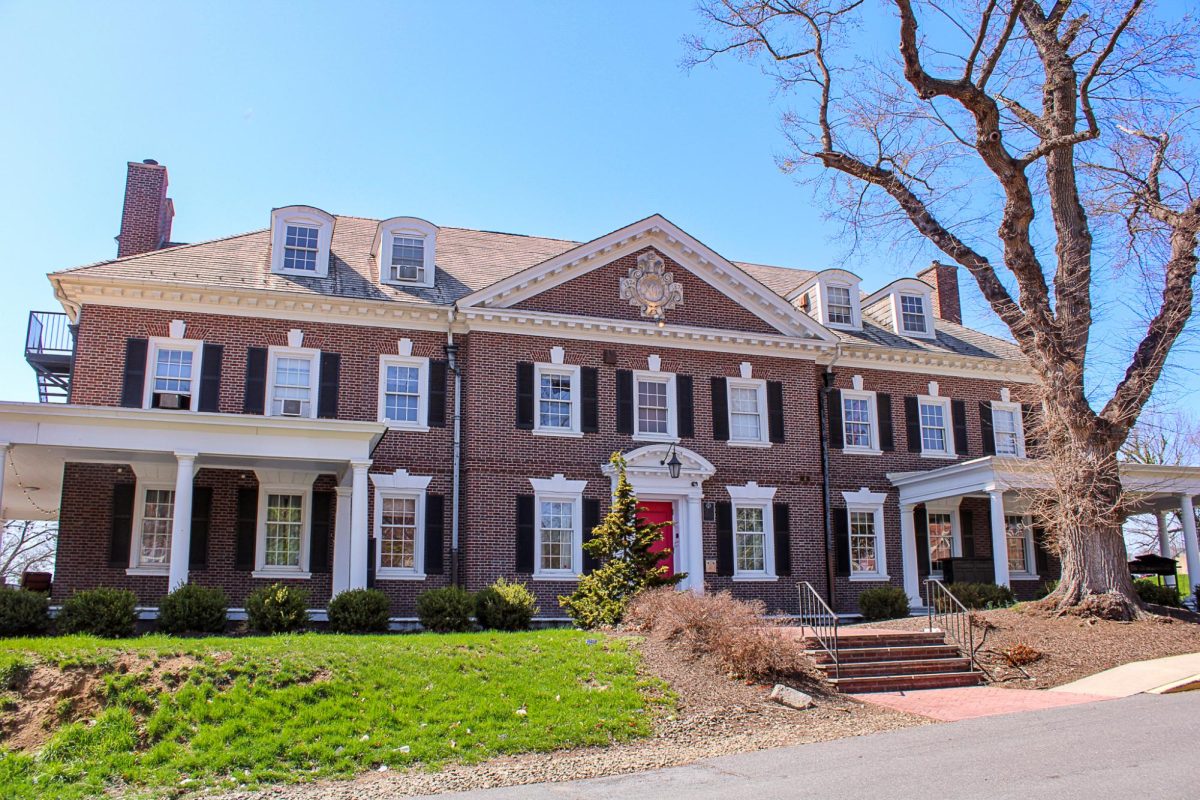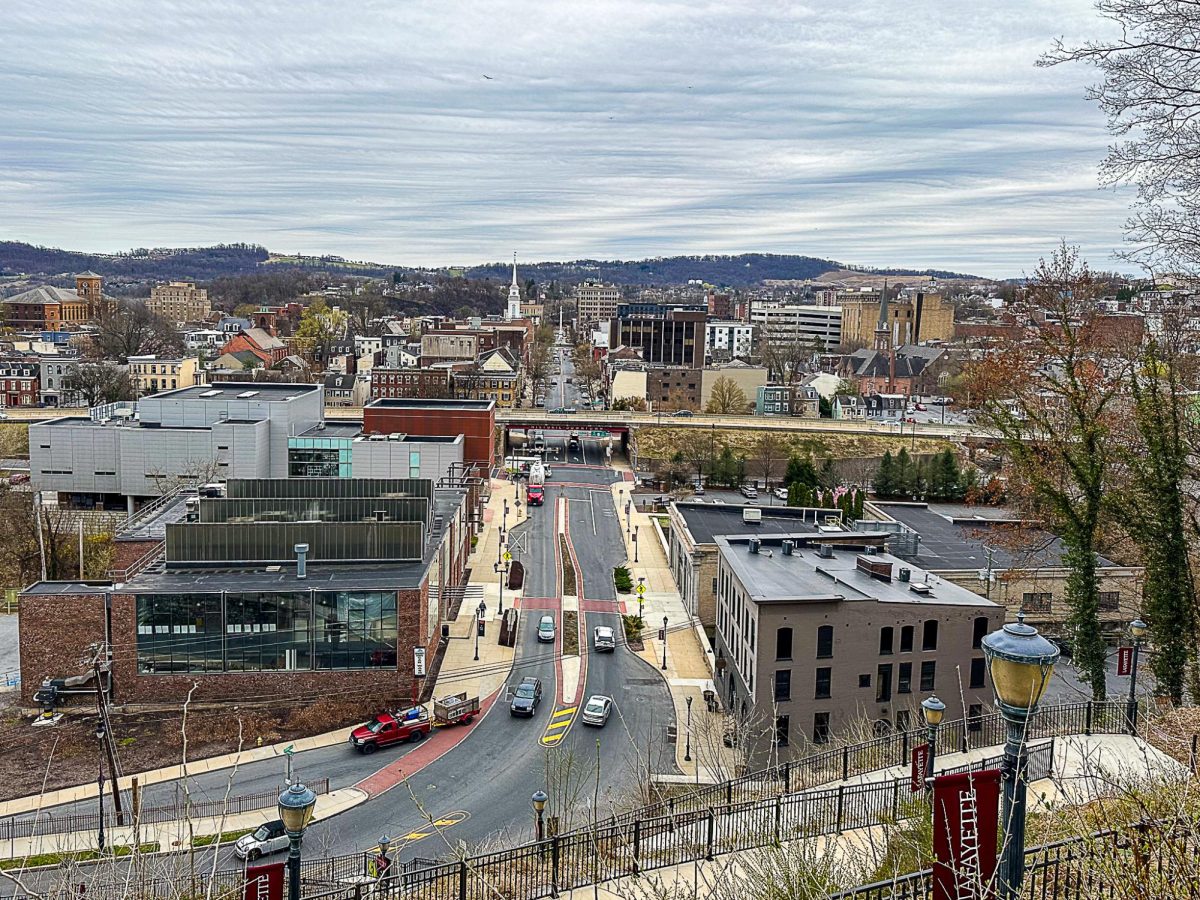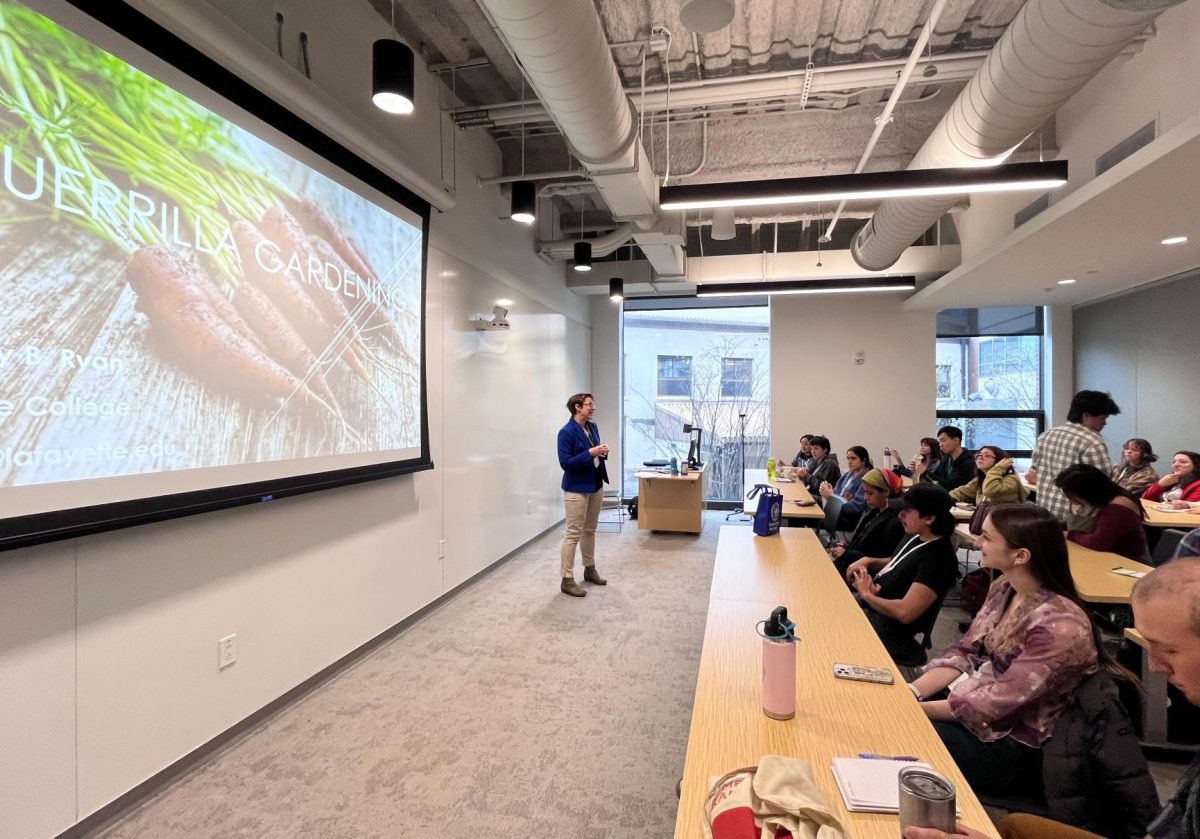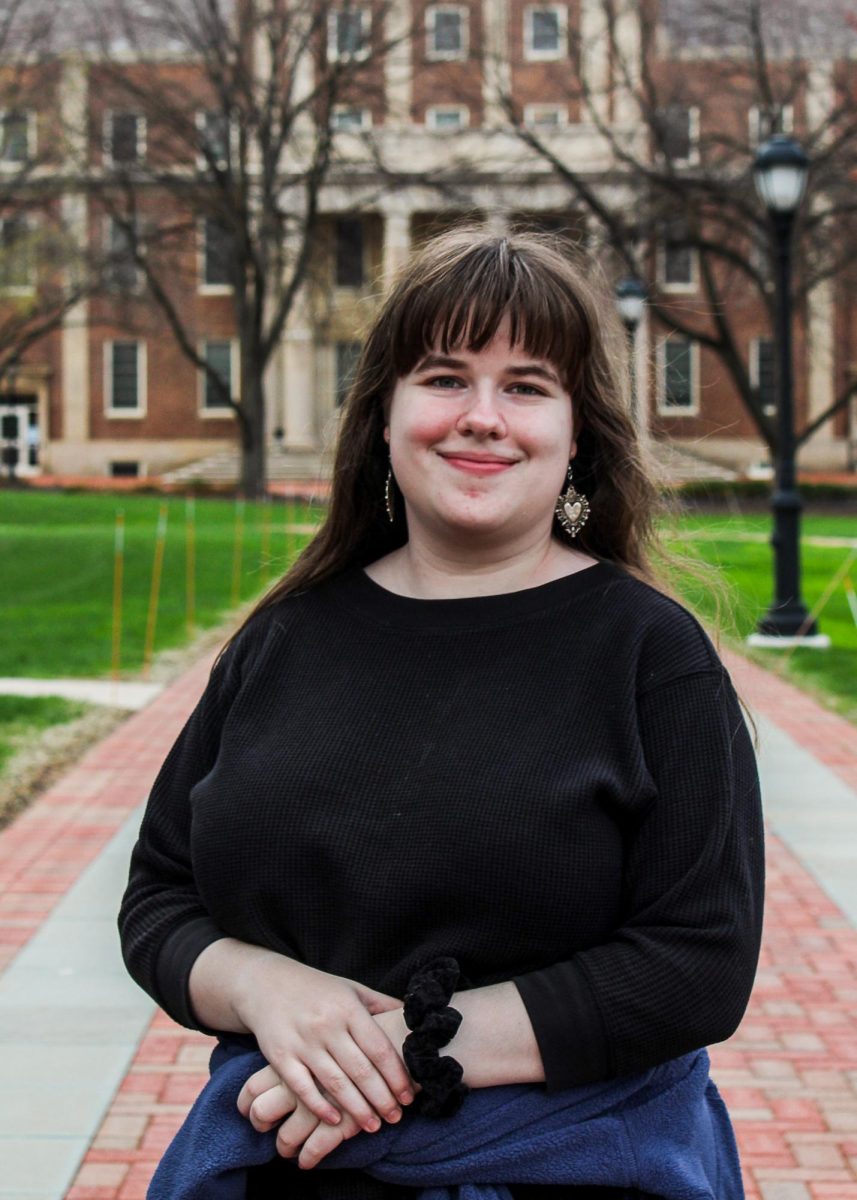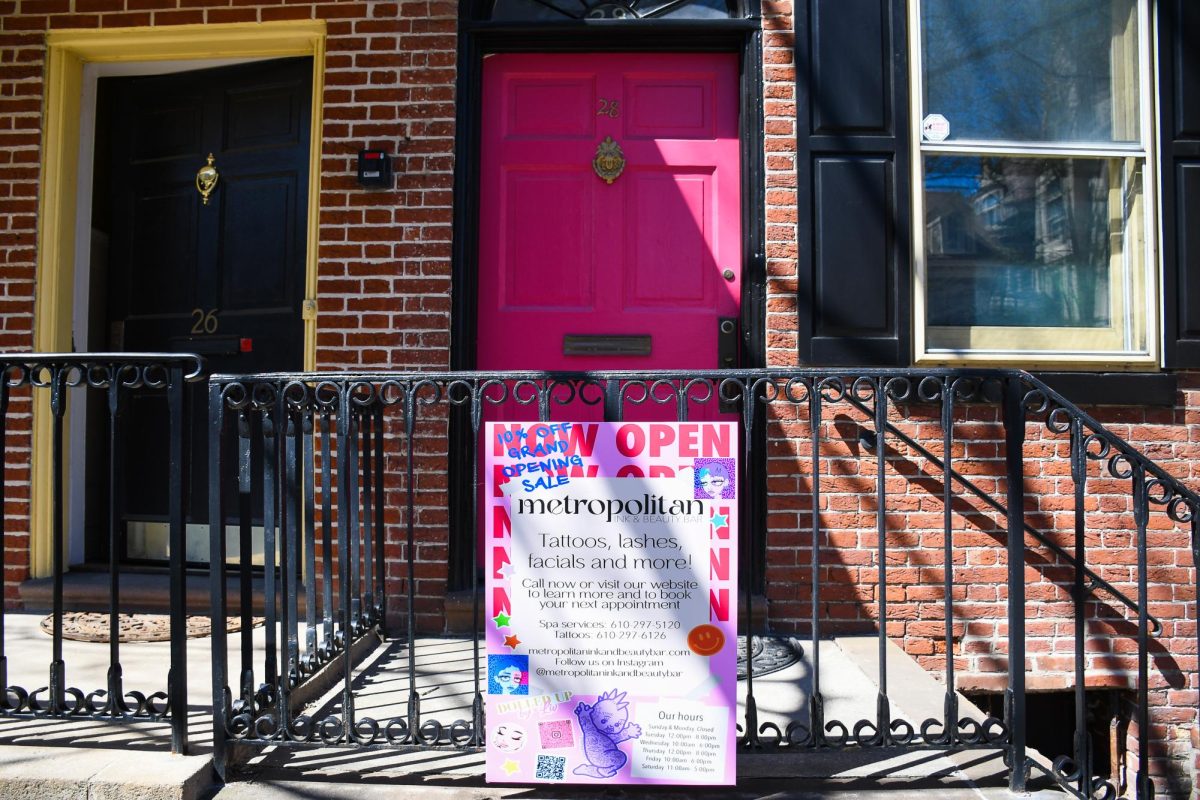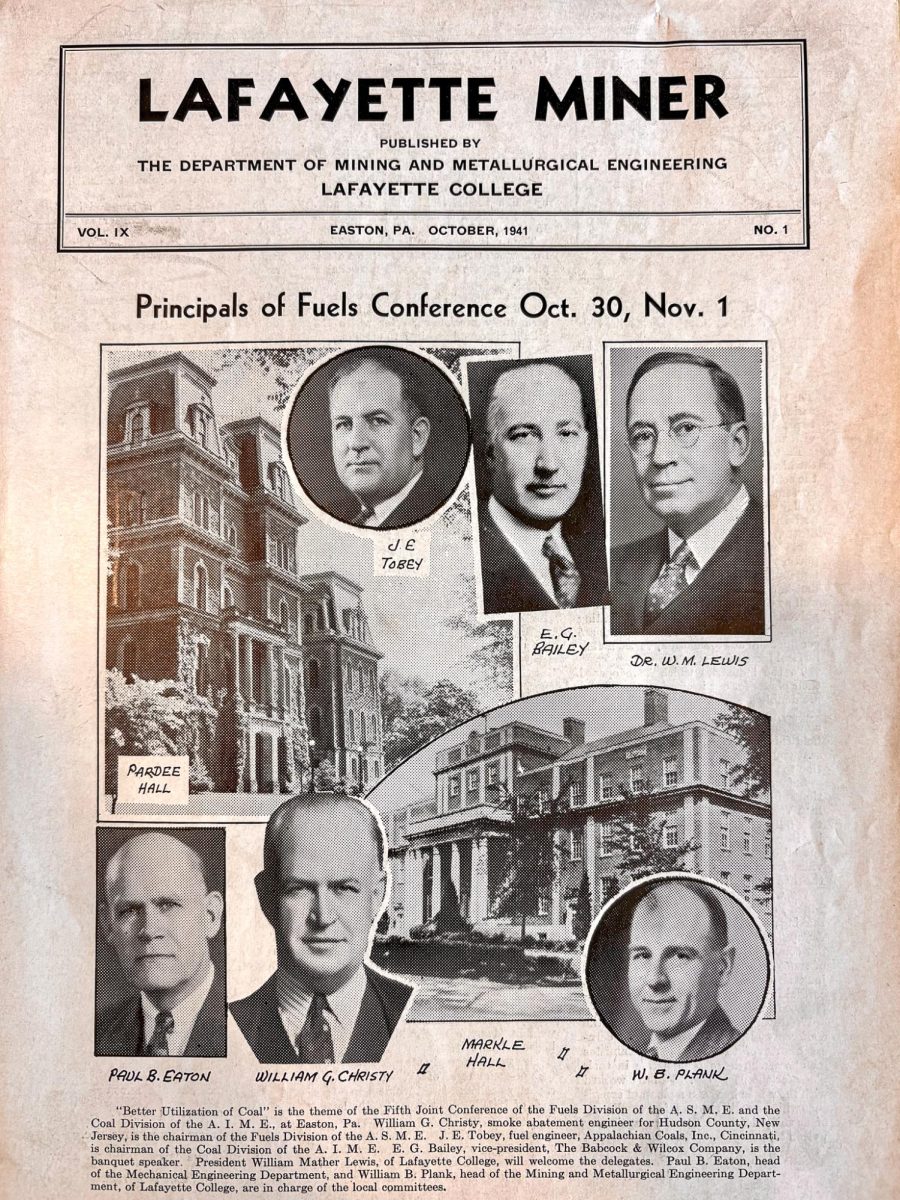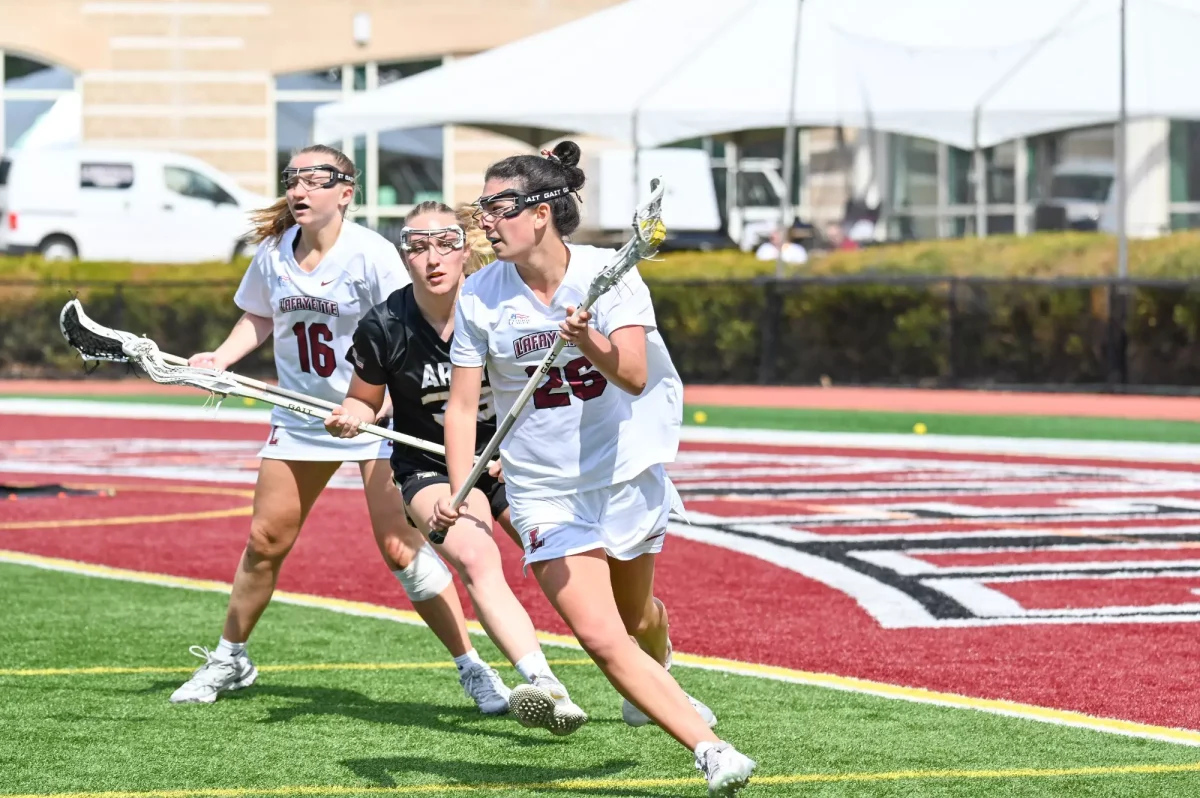Over the spring break, the college announced the largest increase in total billed expenses for the college since President Alison Byerly took office.
The four percent increase of tuition, along with room and board, comes after a three percent increase last year.
One percent of this year’s increase in total billed expenses will go toward need-based financial aid. That increases the incoming class’s financial aid budget to $1 million.
“It is becoming clearer that as our applicant pool becomes larger and better qualified by traditional enrollment metrics, the college needs to invest in more funding toward need based financial aid packages,” Vice President for Enrollment Management Greg MacDonald wrote in an email.
He also added that need-based financial aid is decided on a year-to- year basis, so some increases in aid packages for students must be higher as tuition gets higher. MacDonald chaired the Presidential Working Group on Financial Aid, Student Profile and Tuition, which looked at some ways to approach the tuition increases for this year.
“One of the things that I recognized when I got here is that we didn’t actually have much of a philosophy on what informs our tuition increases each year,” Byerly said. “We would sort of make a decision based on the needs of that year’s budget. And the working group on tuition and financial aid actually proposed a philosophy of looking at where we are in relation to some of our peers.”
Last year, the college’s total sticker price increase was in the low end of that peer group, which has 43 institutes of higher education, including Dickinson College, Bowdoin College and Boston University.
“The differences aren’t huge,” Byerly said. “That is, if you looked at one to another, you wouldn’t say, ‘Gosh, huge difference.’ But, relatively speaking, we’re a bit low relative to our peers, so we felt that from a market perspective that suggested that we could be a little bit higher and could be seen as part of the same peer group.”
This increase helps the college “catch-up in the area of financial aid” and “maintaining the faculty-ratio,” she added.
Last year’s increase was the lowest in at least the last five years, with the next lowest being in the 2014-15 academic year at 3.69 percent and the highest in the 2011-12 academic year at 3.81 percent.
Other reasons for the increase in costs include the need to keep up with the rising costs of goods the college uses on a day-to- day basis, like utilities, software licenses and subscriptions to academic journals, Byerly said.
The total amount of money allocated to both faculty and staff salaries has also increased, she added.
Vice President of Finance and Administration Roger Demareski said these increases were done to match the increase in living expenses. For faculty members, he said, the increase was also so Lafayette has competitive salaries to attract high-level faculty.
Demareski also said there are the added costs of the operating costs of the new buildings in the arts campus. The college fundraised for one-time costs for the buildings, he said.

